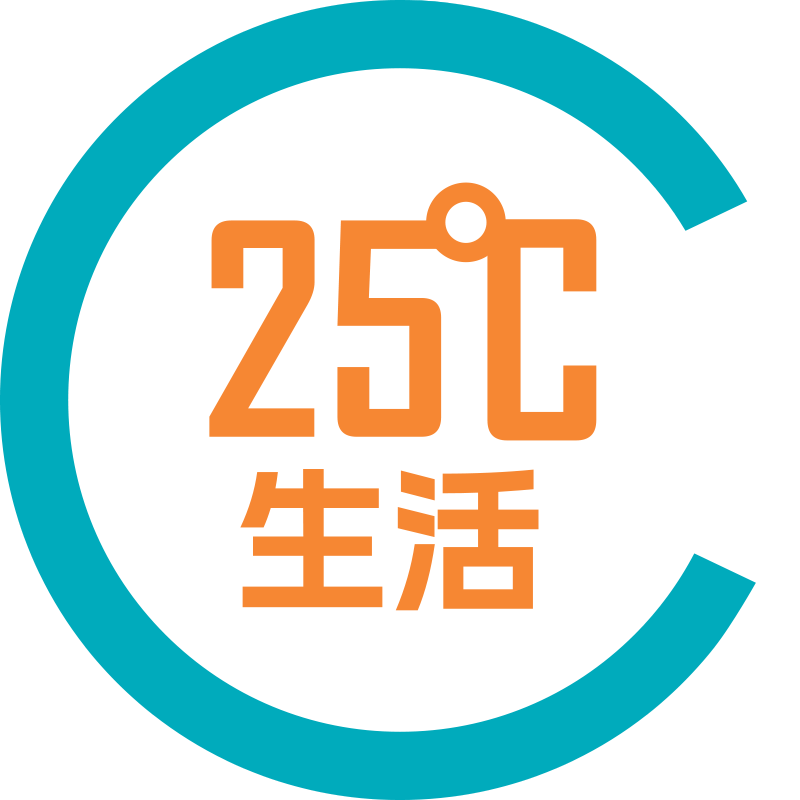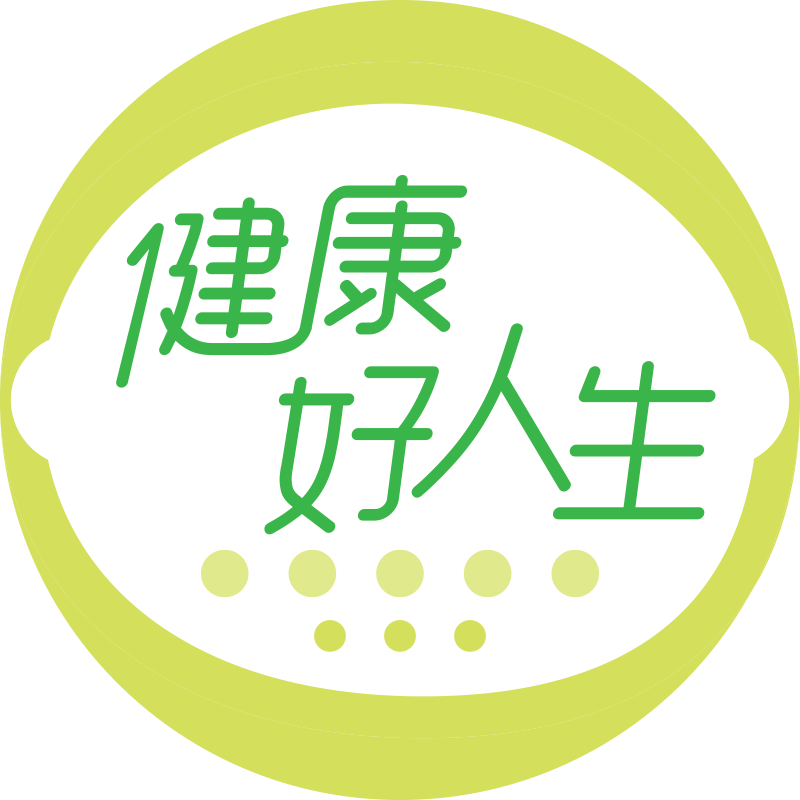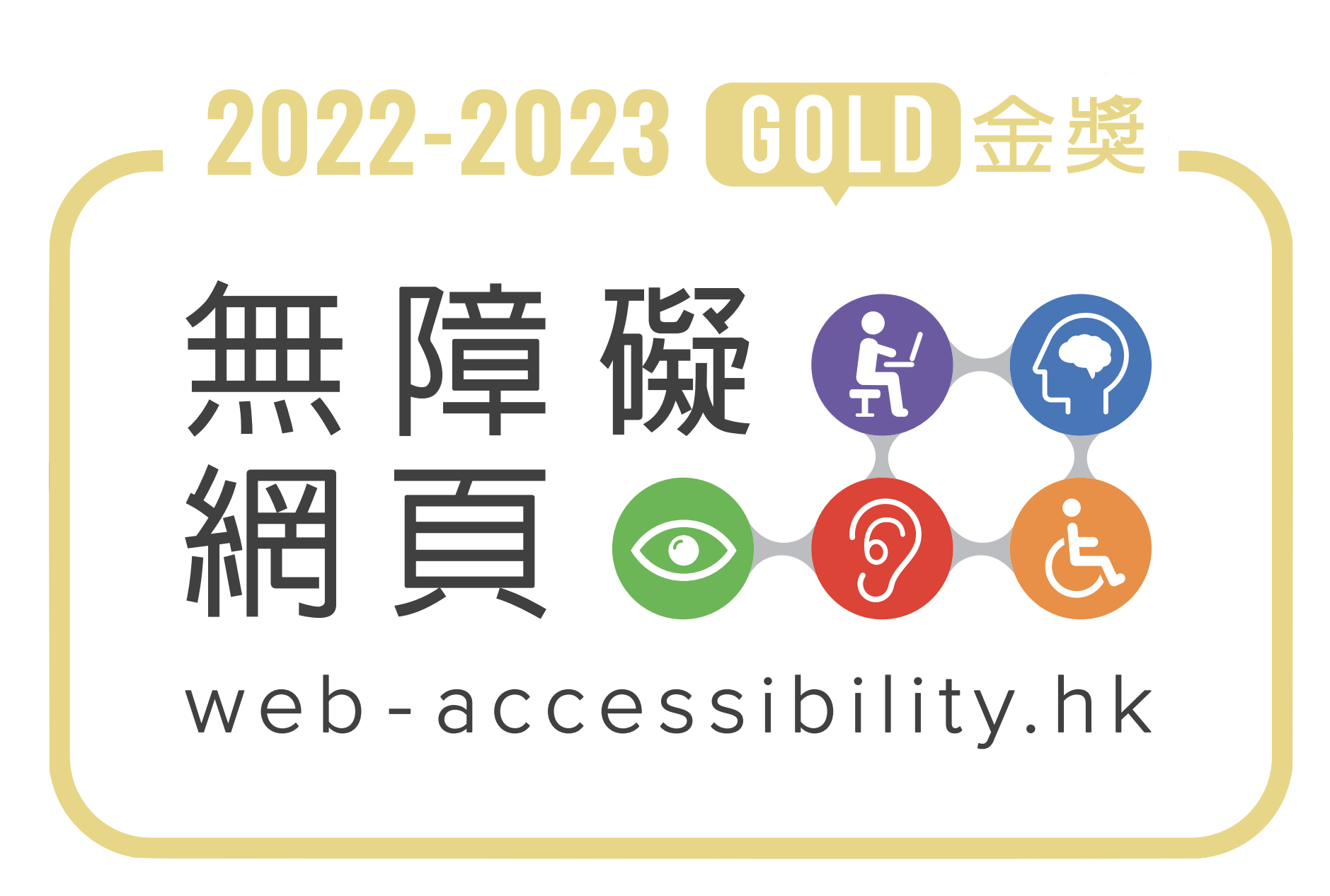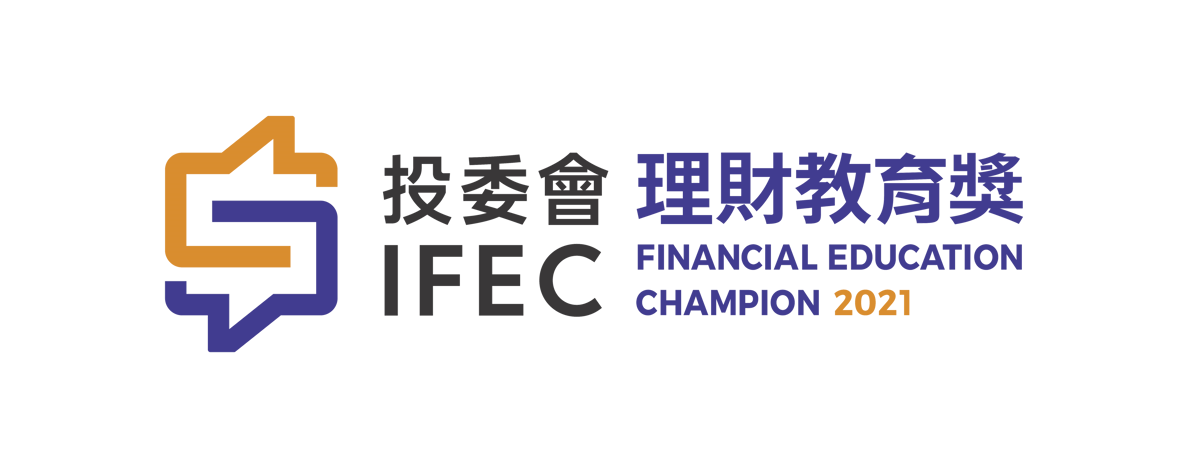https://iris.who.int/handle/10665/380481
TOKYO, Feb. 25, 2025 /PRNewswire/ -- World Health Organization (WHO) Regional Office for the Western Pacific (WPRO) has released Japan's AMR Response 2013–2025 alongside Tokyo AMR One Health Conference (February 18–19, 2025), hosted by Ministry of Health Labour and Welfare, Japan and co-hosted by WPRO and WHO Regional Office for South-East Asia. Developed by the AMR Clinical Reference Center for WPRO, the report highlights lessons from development, implementation, and monitoring of Japan's National AMR Action Plan (2016–2020) (NAP1) and National AMR Action Plan (2023–2027) (NAP2). These insights may aid other countries in strengthening their AMR response.
NAP1 Implementation: Achievements and Challenges
NAP1 (2016) prioritized following six areas:
- Public awareness and education
- Surveillance and monitoring
- Infection prevention and control (IPC)
- Appropriate use of antimicrobials
- Research and development
- International cooperation
NAP1 strengthened Japan's AMR surveillance and built an evidence base. However, challenges included geographic data bias, difficulties in IPC expansion to long-term care facilities, and limited public AMR awareness.
NAP2 (2023) retains NAP1's framework while setting more targeted, actionable goals.
Key Lessons for the Global Community
1. Embedding the AMR response in health systems strengthening
AMR strategies should be integrated into broader health system strengthening rather than implemented in isolation. AMR efforts must align with primary health care, universal health coverage (UHC), and emergency preparedness and response to achieve sustainable impact. WHO's People-Centered Approach is essential to ensuring that people remain at the core of interventions.
2. Strengthening Antimicrobial Supply Networks
Global antimicrobial shortages highlight the need for stable supply chains. Japan promotes domestic production while maintaining import-based supply networks to ensure accessibility.
3. Enhancing Surveillance Data Collection and Use
High-quality surveillance data is crucial for evidence-based interventions, monitoring effectiveness, and early detection of AMR outbreaks. Strengthening surveillance systems remains key.
4. Adapting to the local context and maximizing the use of resources AMR measures must be adaptable to each country's context. Strategies effective in Japan may not be directly applicable elsewhere, requiring flexible implementation.
Japan's Global Leadership in AMR Response
Japan has demonstrated strong leadership in supporting countries through technology transfer in areas such as strengthening surveillance systems, IPC, and the diagnosis and treatment of infectious diseases. The release of Japan's AMR Response 2013–2025 and its presentation at the Tokyo AMR One Health Conference mark significant steps in sharing Japan's expertise and advancing global AMR control efforts.
source: AMR Clinical Reference Center National Center for Global Health and Medicine Hospital (Commissioned
etnet榮獲HKEX Awards 2024 「最佳證券數據供應商」大獎► 查看詳情






























